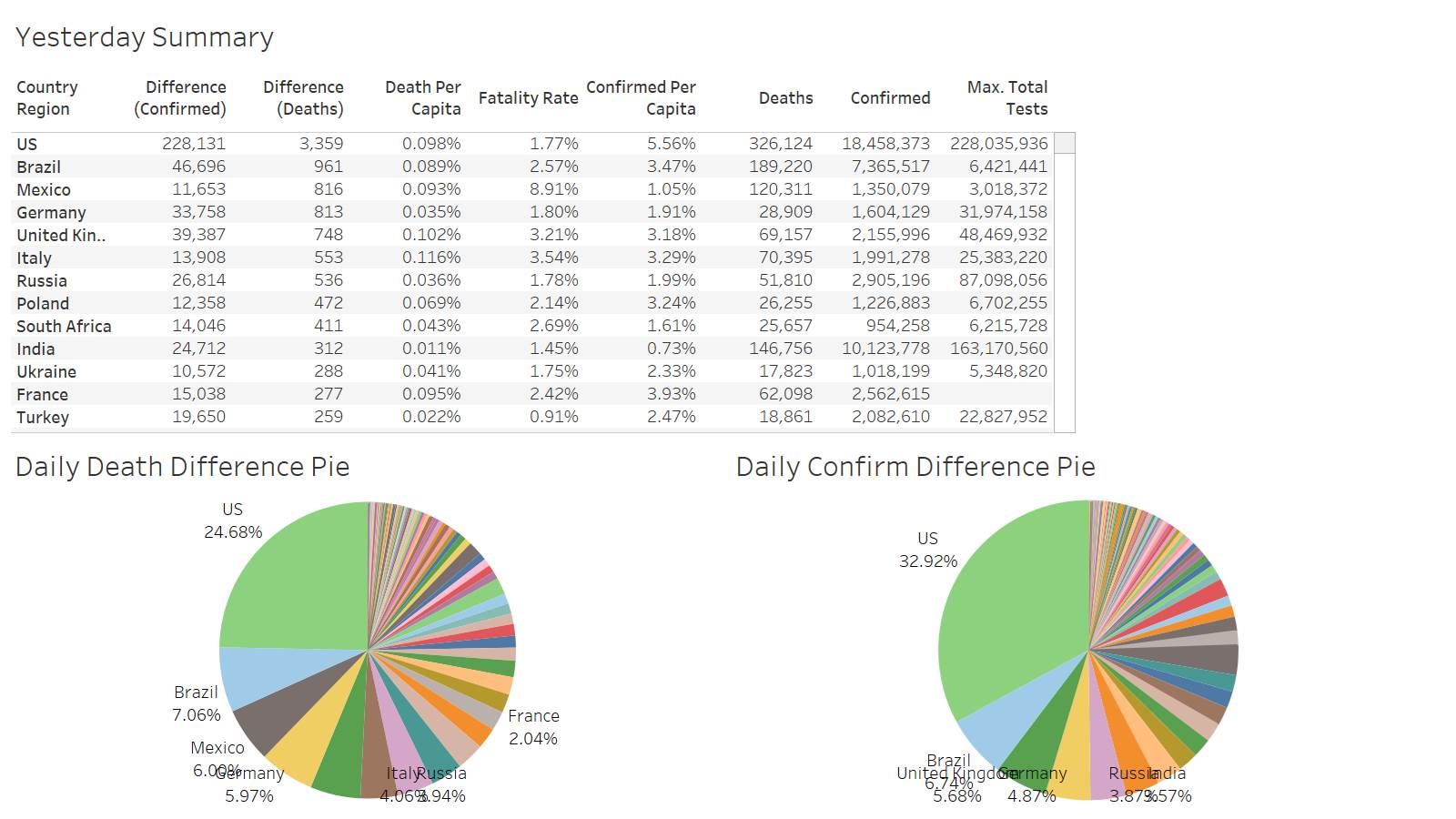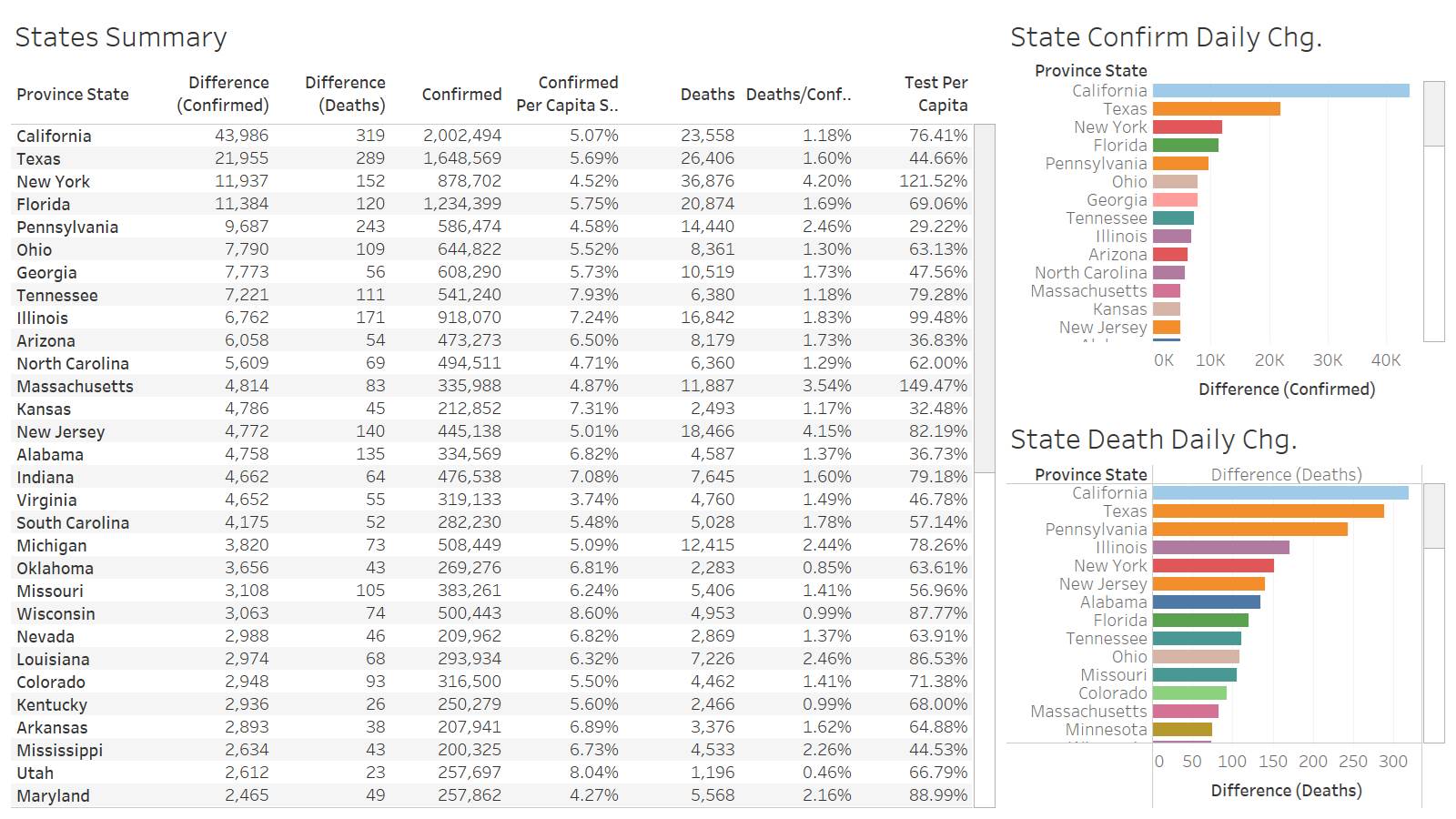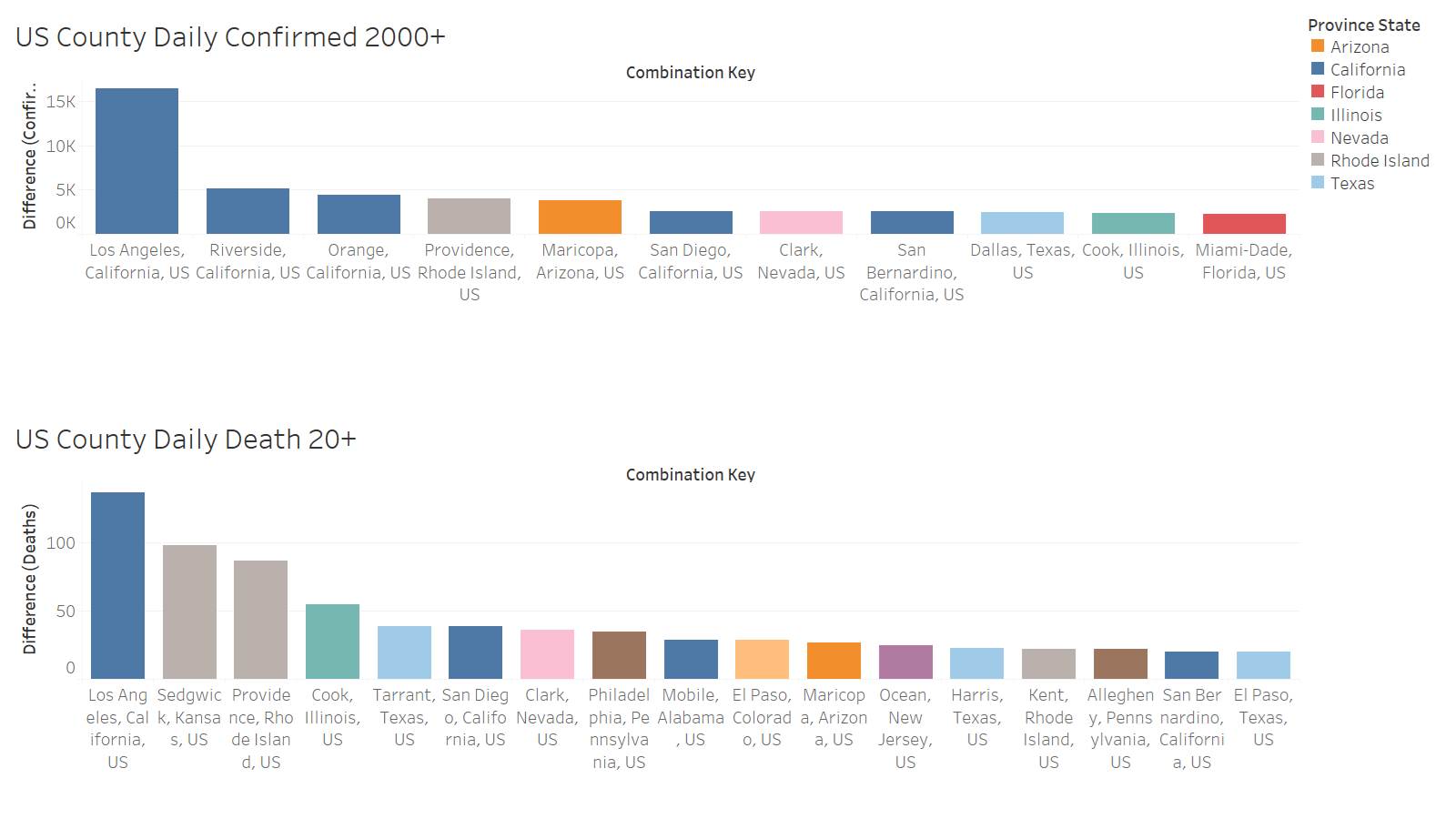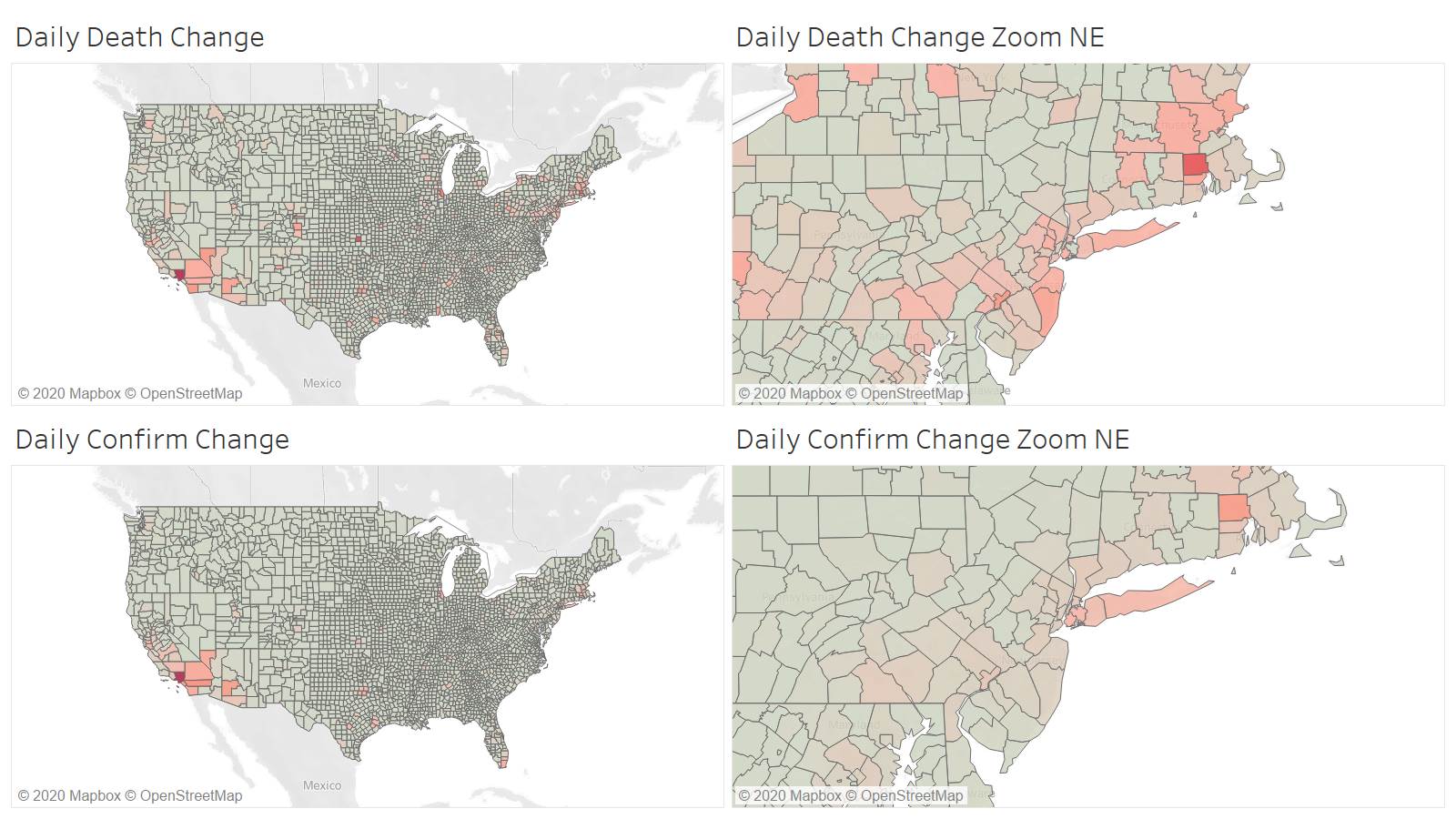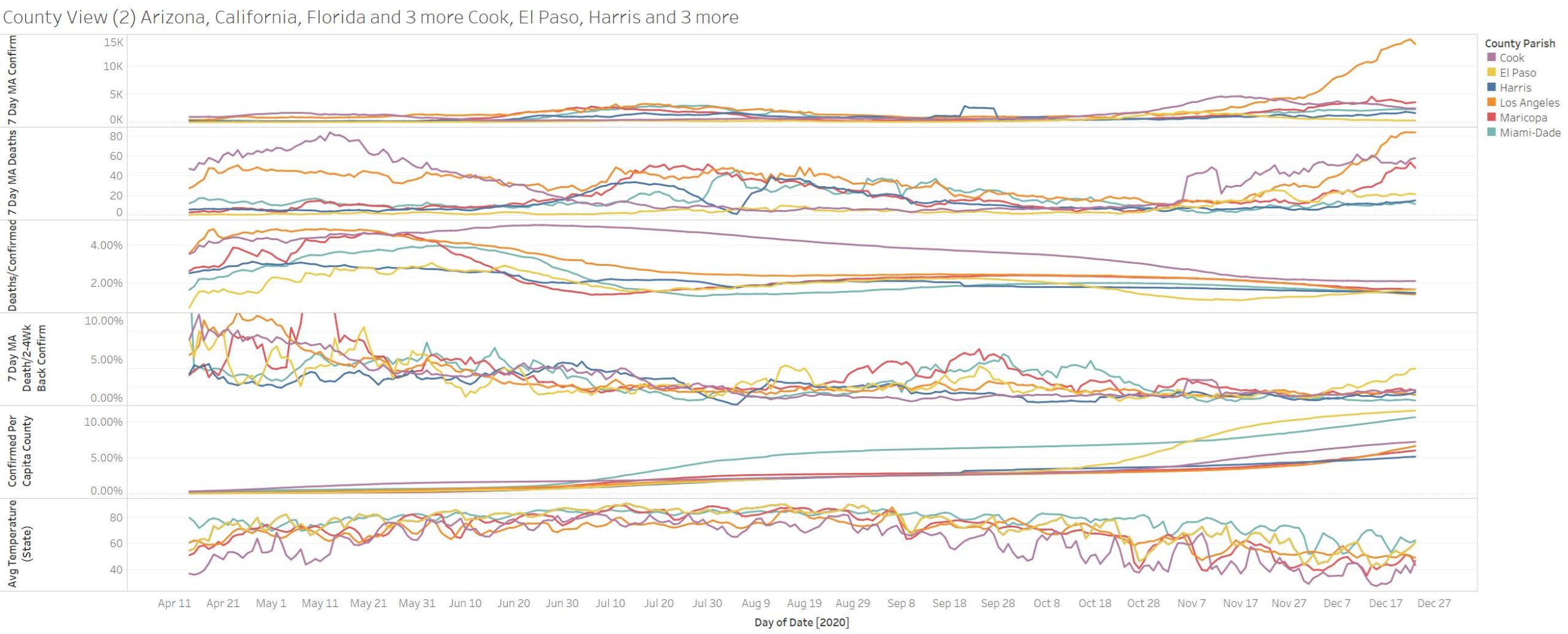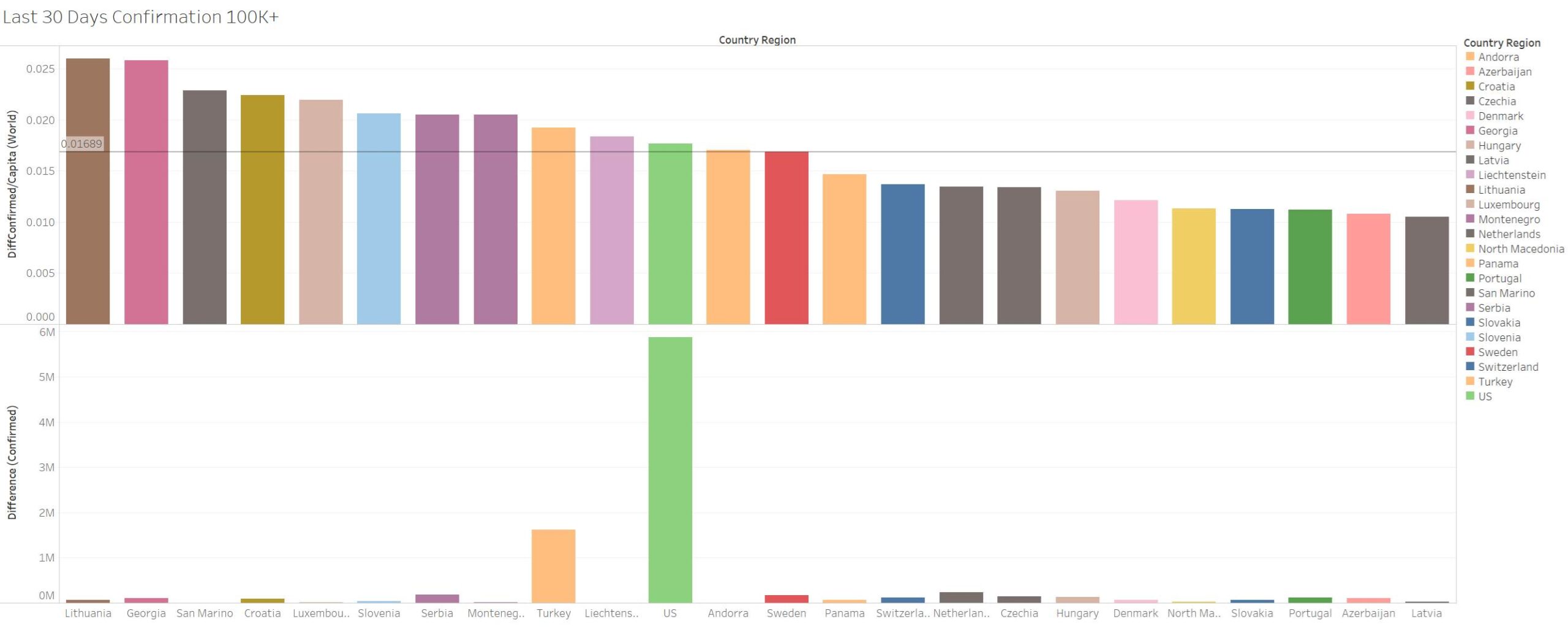Covid19mathblog.com
Another confirmation of what was known way earlier – viral load and ventilation are the key to reducing probability of getting infected – https://www.sciencefocus.com/science/coronavirus-misunderstandings-muge-cevik/
“It’s also becoming much clearer that the duration of contact is important. The longer you spend with an infected person, and the larger the gathering, the higher the risk.
If you’re in an indoor setting and if you’re doing various activities – singing or shouting or eating – you’re producing many more droplets. And if there’s not enough ventilation in the room, then those droplets could linger for longer.
There are some studies showing that just opening a window decreases the risk of infection. For example, [there was a study examining] a bus outbreak. And people sitting next to the window were not infected.”
“There’s a lot of focus on handwashing, which is also important. But we need to emphasise the fact that if you’re spending a lot of time in an indoor space, if the door or window is not open, the risk is still higher – even if you wash your hands.
Opening windows is just as useful because we need to have what’s called six ‘air changes’ over an hour. If you open a window in a small room just two or three inches, that could circulate the air for five people.
Another key factor is socio-economic circumstances. Household size is quite important. For example, there’s a study that came from France showing if you’re living in crowded housing, your risk of getting infected is three times more than someone who has more space.”
“At the moment, the majority of public messages don’t really make sense.
Not just in the UK. For instance, other countries have mandates to use masks outdoors. Maybe this could be useful if you’re in a crowded environment outdoors. But if you’re walking on an empty street with no social contact, you don’t necessarily need to put a mask on.
I think these messages are quite harmful because people don’t really understand where the real risk is.
Many people still fear going to a supermarket, whereas they sit in a restaurant for hours. The risk of transmission is very different.”
“In a supermarket, people often don’t spend a lot of time and there’s a huge space and often you don’t come very close to people. But in restaurants, you’re talking and eating in groups. And when you’re in a group, people tend to feel much more comfortable and they don’t keep the same measures with people they don’t know. That’s where we’re seeing the infection that’s happening.”
“Asymptomatic people seem to be around 20 per cent of all infections, and they are probably are one third as infectious compared to those who have or go on to develop symptoms.”
“One of the epidemiologists from Japan says that their approach is like looking at a forest and trying to find the clusters, not the trees. And he thinks that the Western world is getting distracted by the trees and got a little lost.”
Another 3.3K day in the US….deaths now over 325K
Still its CA that’s leading
LA county leads both confirmation and deaths….new comer Sedgwick KS 2nd place in deaths
Not too much dispersion in confirmation which is a good sign
Perhaps finally reaching peak for LA
Statistically US has not fared well the last 30 days in death compared to other country even on per capita – better than Italy and Poland only
In terms of confirmation – the Eastern Europe countries have not done a good job in slowing the spread with Lithuania leading the pack in terms of confirmation per capita.
